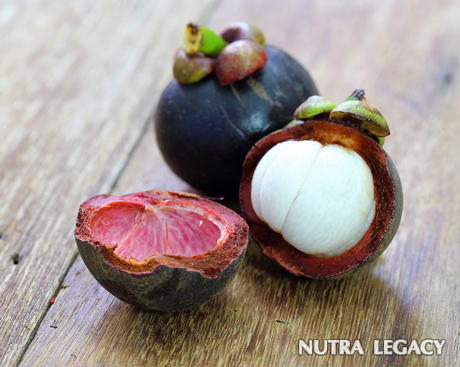Antioxidants ORAC Based Comparison
There is so much hype about antioxidants. It’s on every health channel, news topic and now an additive in almost everything that we see on the grocer’s shelf. Most people have a preliminary understanding of antioxidants, but there is more to the story than just another healthy item to have in the diet.

The baseline studies and eventual guidelines regarding antioxidants were developed by Dr. Guohua Cao, both a chemist and physician at the National Institute on Ageing . He developed what is now considered the main source of gauging the antioxidants ORAC (oxygen radical absorption capacity). Antioxidant ORAC is the destruction or neutralization rate of the free radicals that we absorb or take in as food, supplements or compounds. This is now an industry standard test that combines both the time and antioxidant strength. An antioxidants ORAC unit is then indicated as one hundred grams per sample. The USDA recommends an average of three thousand to five thousand ORAC per day; however, those individuals with a high level activity lifestyle may have to have more.
Free radicals are part of the human metabolic process. They have been linked to the aging process as they destroy or neutralize some of the body cells and processes. They have been linked to more than one hundred disease states, and therefore are of high interest in the medical and chemical communities.
There are various foods, herbs and supplements on the market that proclaim high antioxidant abilities. The true test of these lie in the TAC (total antioxidant capacity). Each antioxidant exhibits a different TAC level and therefore must be gauged and rated according to the individual antioxidant capacity. An example of this would be the more popular teas that have flooded the market. Tea infusions contain a high level of catechins. Various teas fluctuate in the content of catechins and therefore a multiple level of measurement must be applied. In these cases, an antioxidant ORAC must be combined with a DRSC (radical scavenging capacity) to develop a more realistic comparison.
The antioxidant ORAC must also be combined with a number of other factors to determine the efficiency of a food, herb or additive. These factors can include the additive content of water or fat; the temperature, the harvesting process and age; storage process and medium. There are many variables that can affect the efficacy of the potency of an antioxidant.
Numerous scientific studies and articles tout the benefits of phenols and flavonoids. While medical information is indicating that these are of great benefit for the body, the studies are still in the beginning stages to show the exact percentages, quantities and sources that are the best for the highest antioxidant ORAC rate.
It is estimated that Americans consume less than one percent of the necessary antioxidants that the body needs. Combine this information with the fact that the standard fruits and vegetables contain a much lower percentage of actual vitamins, minerals and antioxidants than were contain in the same consumption of our great grandparents time. The resulting data concludes that additional antioxidant rich foods and additives are of a high concern to off set not only the ageing process, but the disease and disorders that free radicals are associated with.
Always consult with your primary medical provider before making any dietary changes or adding any supplements to your daily regiment.
The information supplied in this article is not to be considered as medical advice and is for educational purposes only.
|
No Responses to “Antioxidants ORAC Based Comparison” | ||||||||||||||





 7 Jul 2010
7 Jul 2010
The article mentions that antioxidants are much less strong in the food that we consume compared to the food that our grandparents consumed. Why exactly is this? Would my doctor be able to recommend antioxidant supplements, or is this not within the scope of a family doctor's work? Does anyone here know of any good supplements, and what evidence do you have to back that up?January 18th, 2011 at 7:28 am